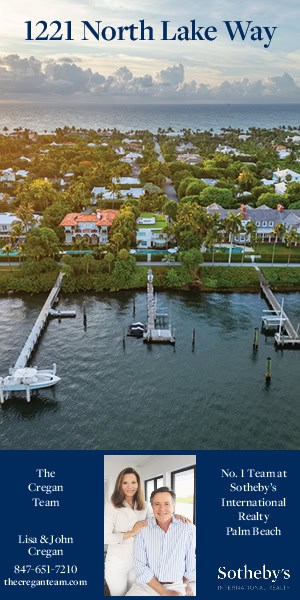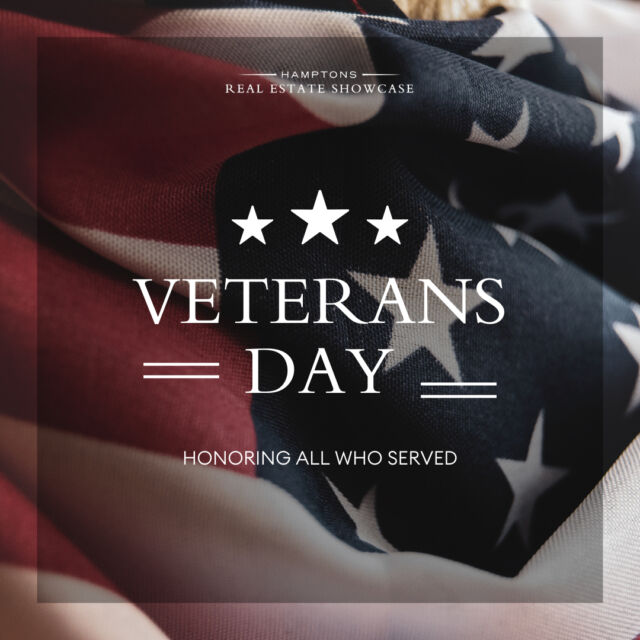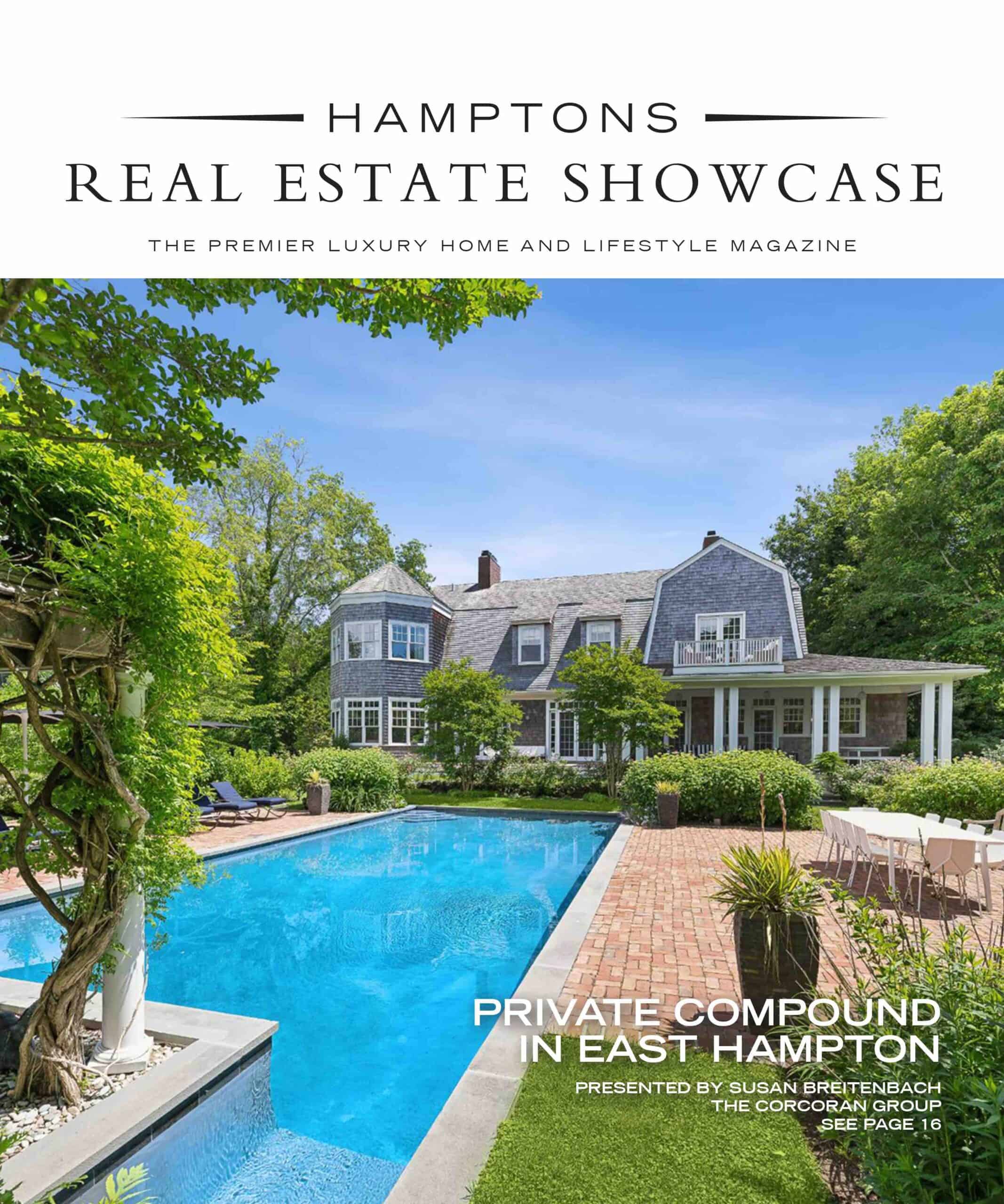 There are three types of people who keep wine cellars according to Michael Cinque, owner of Amagansett Wines & Spirits: those who treat it like a commodity — “gold in the basement,” those who talk about their wine, and his final and favorite kind – those who drink it.
There are three types of people who keep wine cellars according to Michael Cinque, owner of Amagansett Wines & Spirits: those who treat it like a commodity — “gold in the basement,” those who talk about their wine, and his final and favorite kind – those who drink it.
Writer Michael Braverman is one such imbiber. “Most people make too big a deal about aging,” he says. “There’s only a small group of wines that improve with age.” Of the 600 or so bottles he keeps in his East Hampton cellar, most are stored to be used up quickly. “I might keep five or six cases of wines that I think are important, notably Bordeaux and Burgundies, and need to be aged. Most of the good to very good reds produced now are at their best when still pretty young.”
Steve Latham, a Southampton lawyer, also falls into the drinking category. “My cellar isn’t a showcase,” he says, “but it provides lots of enjoyment and shows what you can do if you don’t want to spend a fortune dressing up your collection.” While he admits to being an “avid collector,” he stresses that his collection is “modest,” no more than 100 cases. “It is the most low-tech setup you could imagine. No expensive built-in shelves, exotic lighting or $10,000 tasting tables. The cellar happened by accident, when a contractor who was building a small addition suggested I dig out a crawl space to store my 10 cases of wine. Two insulated walls and a cooler later, I have room for 100 cases.”
Rob Likoff, an East Hampton entrepreneur, is another who focuses on drinking his cache, but his cellar is a bit roomier than most. The oenophile started collecting 25 years ago when he discovered that when he’d try to replace a favorite bottle it was often gone. So he excavated the land next to his house, plopped a deck on top, and started building an inventory. The space now boasts circa 5,000 bottles valued at about $500,000. Though he likes to quaff, he doesn’t mind playing the waiting game. When he first sipped a ’61 Chateau Latour, “a light bulb went off in my head about aging. It was life changing to think that it’s not just what it tastes like now, but what it will be when it hits its prime window.”
His greatest enjoyment is to “watch wine develop over time.” Opening a bottle is always a surprise. “You never know what you’re going to get.” Though it’s all about sharing a bottle or two with family and friends, he has been known to sell some of his coveted vintages. As one of the first enthusiasts to collect Screaming Eagle – he bought the first vintage more than 20 years ago for $35 – he knows his stuff. A bottle is now worth roughly $850. “If someone’s going to give me $5,000 for a bottle of wine, am I really going to have a burger with it?”
Cinque, who always keeps “a dozen bottles standing up and ready to go,” is ruled by the philosophy: “Drink anything that’s here.” He once told his sons to pick any bottle they wanted. They returned from the cellar with a ’62 Chateau Latour, which he recalls, “was great with burgers.” Once an important bottle is finished, he keeps the empty as a trophy replete with the date of consumption written on the label and signatures of imbibers. He also has several vintages of family members’ birth years awaiting opening on appropriate birthdays. If a dinner guest brings a bottle of wine that doesn’t get drunk, all who are present sign it as a pact that they will swill it together at some time in the future.
Cinque, who also owns a vineyard on the North Fork and a partnership in Red Hook Winery in Brooklyn (from which is produced 27 labels overseen by distinguished Napa Valley winemakers), organizes his inventory by geography starting from California and working east to France and Spain, then south to Australia. Acting as a consultant, he has helped design many a cellar for clients. His proprietary software keeps tabs on each bottle including when to drink it, its score, and even its value. Besides a series of verticals (different vintages from the same winery), he has many important bottles including Penfold’s Grange, Sterling Vineyards Diamond Mountain Ranch, and Lafite Rothschild. Perhaps his most memorable bottle (now empty) was a ’73 Stags Leap cabernet sauvignon, uncorked at a re-enactment of the Judgment of Paris, produced by the New York Food and Wine Society, of which he sits on the board. It was the very same vintage that won the much-ballyhooed original contest. (For those who aren’t familiar with the event, it was a blind tasting where California wines first came into their own by beating their French competition, despite a panel of snooty French judges.) Meanwhile, he continues to open good bottles “for people who don’t have a clue, but want to learn. Life is short so you’ve got to drink it sooner rather than later.” Even with burgers.
– Lauren Aitken












![Homeowners are faced with the daunting task of choosing the right kitchen design — one that will remain timeless for both entertaining and day-to-day functionality. With a focus on luxury, clients are increasingly leaning towards clean, modern aesthetics but are hesitant to embrace a fully contemporary look. [link in bio]](https://hamptonsrealestateshowcase.com/wp-content/uploads/sb-instagram-feed-images/467244043_1082221510295882_2208387561574057218_nfull.webp)
![Experience the epitome of coastal country living in this newly constructed, quality craftsmanship waterfront home on James Creek, leading to Peconic Bay. With 80± ft. of prime waterfront, 4060 Ole Jule Lane showcases thoughtfully landscaped grounds, a bluestone patio, outdoor shower, and a refreshing saltwater pool. Represented by @nataliealewis of @coldwellbanker. [link in bio]](https://hamptonsrealestateshowcase.com/wp-content/uploads/sb-instagram-feed-images/467188671_18474458155030135_7164624532118372206_nfull.webp)
![Welcome to 122 Mill Pond Lane, an impeccably conceived and meticulously maintained residence in a dramatic west-facing setting on Mill Pond. Throughout the home are thoughtfully considered elements that reinforce the home’s clean, modern sensibility. Represented by @kraelyllahamptons of @hamptonsrealestate. [link in bio]](https://hamptonsrealestateshowcase.com/wp-content/uploads/sb-instagram-feed-images/466787127_18474263443030135_2753720635361764689_nfull.webp)

![Perched atop the dunes at Louse Point sits 2 picturesque homes at 88 & 86 Louse Point Road, both perfect for enjoying all seasons that East Hampton has to offer. Each thoughtfully designed home maximizes the topography to allow seamless indoor/outdoor living and entertaining. Represented by @petrieteam of @compass. [link in bio]](https://hamptonsrealestateshowcase.com/wp-content/uploads/sb-instagram-feed-images/466619407_18473886082030135_7330054085188815713_nfull.jpg)
![Get cozy every Friday at Canoe Place Inn! 🍫🔥 Gather around the fire on our Garden Lawn for Fireside Fridays all season long, where evenings are warmed up with hot cider, hot chocolate, s’mores, and cocktails. Enjoy live acoustic music on select dates, and with your first drink, receive a complimentary s'mores kit! [link in bio]](https://hamptonsrealestateshowcase.com/wp-content/uploads/sb-instagram-feed-images/466374901_1761070534297706_6837753985329213061_nfull.jpg)
![Musical Superstar and Sag Harbor resident Billy Joel has listed his 26± acre Long Island estate for $50M. Assembled over time on adjoining parcels, the Centre Island compound features a 20,000± sq. ft. main home plus several additional structures—all with access to 2,000± ft. of private shoreline boasting a dock and a boat ramp. [link in bio]](https://hamptonsrealestateshowcase.com/wp-content/uploads/sb-instagram-feed-images/465973748_18473309701030135_6935355293028123088_nfull.jpg)
![51 Mashomuck Drive presents an exquisite estate spanning 1.1± acres with 145± ft. of bulk-headed waterfront. The main residence, offering captivating vistas of Sag Harbor Bay and Shelter Island, encompasses 7,800± sq. ft. of living space, boasting 7 beds, 9.5 baths, and a media room/gym area. This turn-key retreat embodies opulence and comfort, inviting a life of unparalleled luxury. Represented by @cindyascholtz and @jvonhagn of @compass. [link in bio]](https://hamptonsrealestateshowcase.com/wp-content/uploads/sb-instagram-feed-images/466104990_18473128246030135_2802294086252776198_nfull.jpg)
